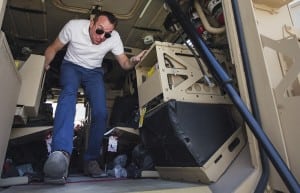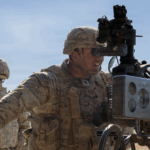
Given more time than he likely will have as Army Secretary, Eric Fanning said he would focus on continuing reforms to speed the service’s acquisition process.“We have made a lot of changes to the acquisition process,” Fanning said during a moderated discussion at the Library of Congress in Washington, D.C. “If I had more time that would be a primary focus to keep working on that. A big part of it is not just changing what we do internally, it…

 By
By 











